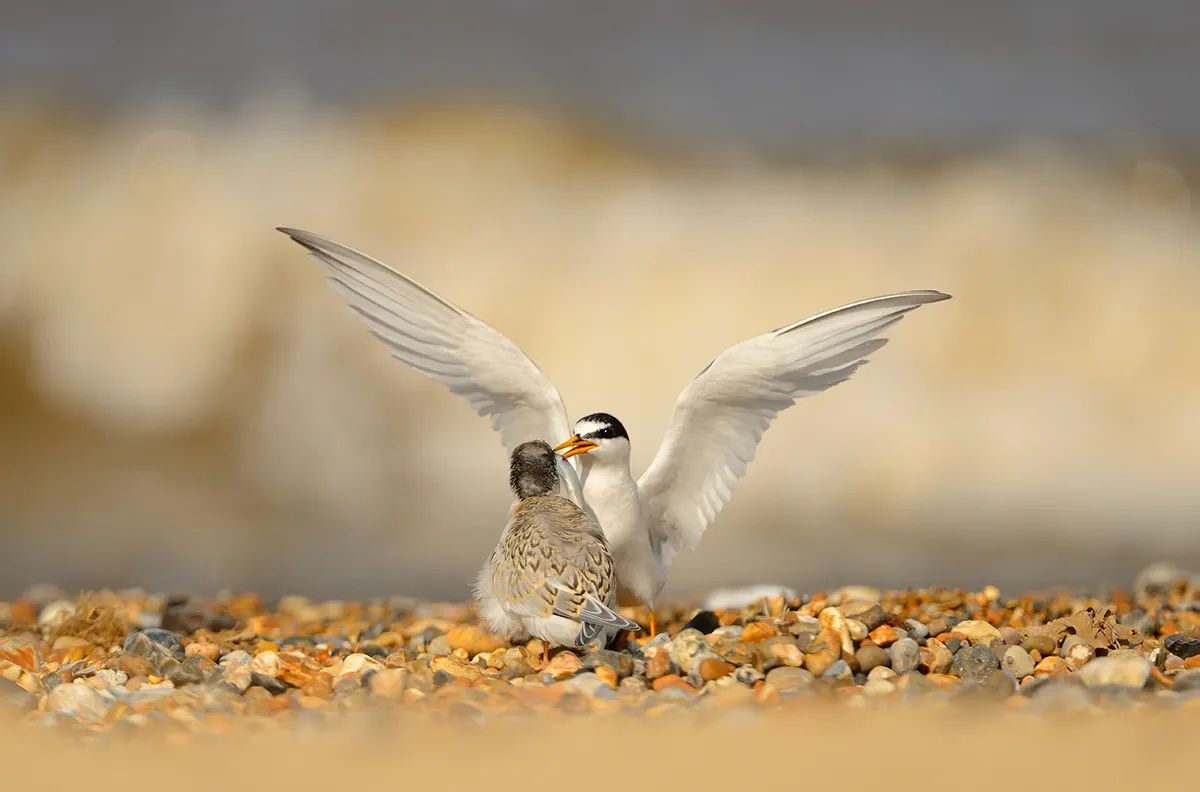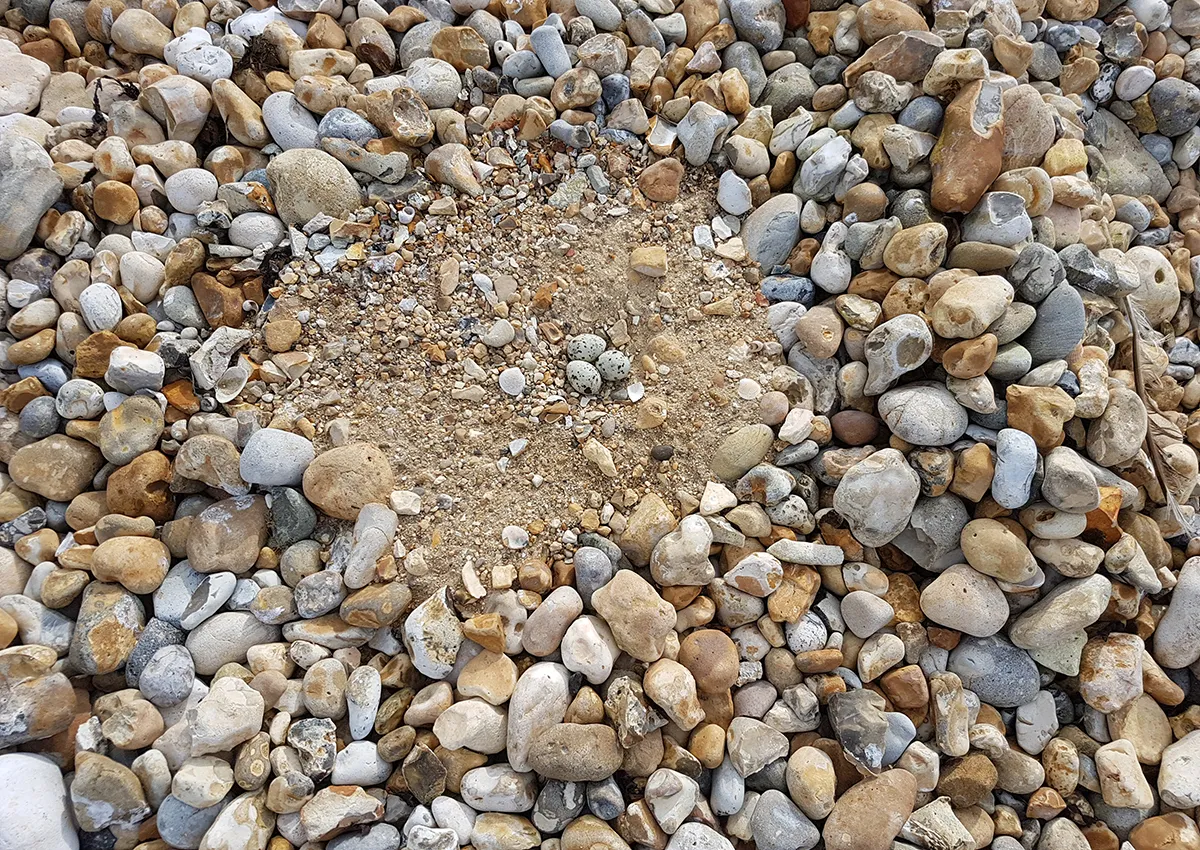Every year, little terns undergo an epic 3000-mile journey from West Africa to British coastline, where they raise their chicks beside the sea in April.
Data gathered by the RSPB found that the UK’s population of little terns had significantly increased after a record a record breeding season in 2017. The survey showed that 1077 adult birds managed to raise 617 fledglings during the summer, with the Norfolk coast remaining a stronghold for the seabird with 260 chicks raised on sites across Winterton and Blakeney Point. Gronant Beach in Wales also had a successful season with 202 young.

The little tern is one of the smallest and rarest seabirds found in Britain; weighing just 55g they are extremely vulnerable to the environmental threats. As a result, UK numbers have plummeted by 18% since 2000.
Susan Rendell-Read, RSPB Little Tern Project Manager, said: “You wouldn’t think when looking at it but every year this tiny bird, against all the odds, travels thousands of miles from Africa to raise a family here in the UK.
"Sadly, like many of our seabirds, the little tern is in trouble. Their numbers have dropped dramatically in recent years and they are at risk of disappearing completely from our shores.”

Little terns lay their eggs on the beach, frequently close to the water’s edge. Unfortunately, this often results in nests being washed away by tidal surges or bad weather. The eggs are carefully camouflaged amongst the sand, putting them at risk of disturbance from passers by.
In addition to natural threats, the survey suggested that deliberate damage to nests at sites near Hartlepool and Kessingland had taken place this year, resulting in the loss of around 60 fledglings.

Susan Rendell-Read added: “Together with different groups and local communities we’ve been working to protect and save little terns in this country since 2013. The main focus of the project has been to improve and create more suitable nesting sites for them above the high tide marks, which is starting to show success. However, it can be difficult to overcome a number of natural threats and non-natural problems that are preventing tern numbers from flourishing further.”

Martin Harper, RSPB Conservation Director, said: “We need places that are rich in wildlife and that can be enjoyed by all. Little terns are one of a number of species that have benefited from the protected areas around the country. As we leave the EU, we need to protect these spaces and create new places for wildlife so that nature can adapt to future changes and thrive throughout the UK.”
To learn more about the project and to see how the partnership is working with local communities and beach users visit www.rspb.org.uk/littleternproject.
Main image: © Getty
